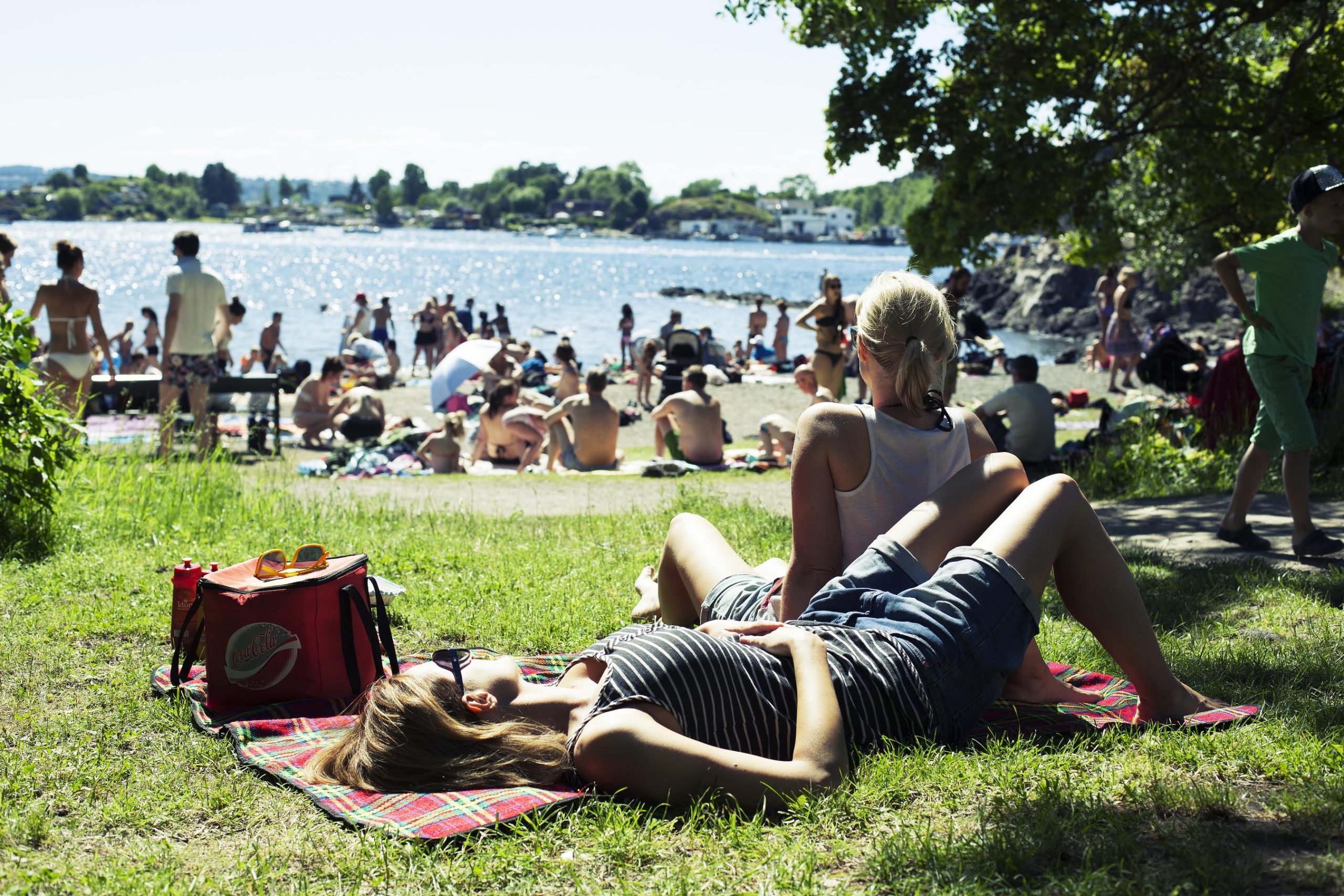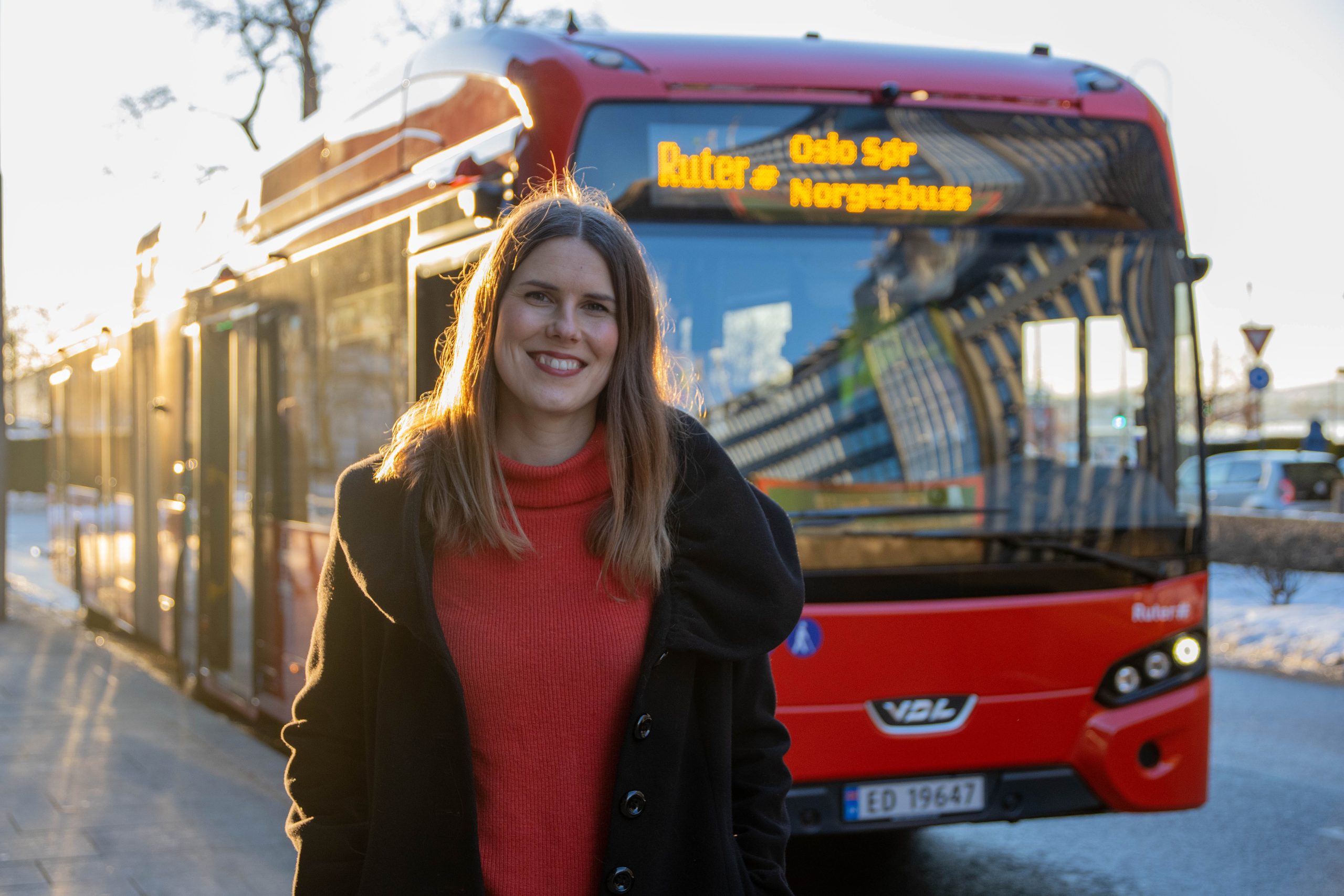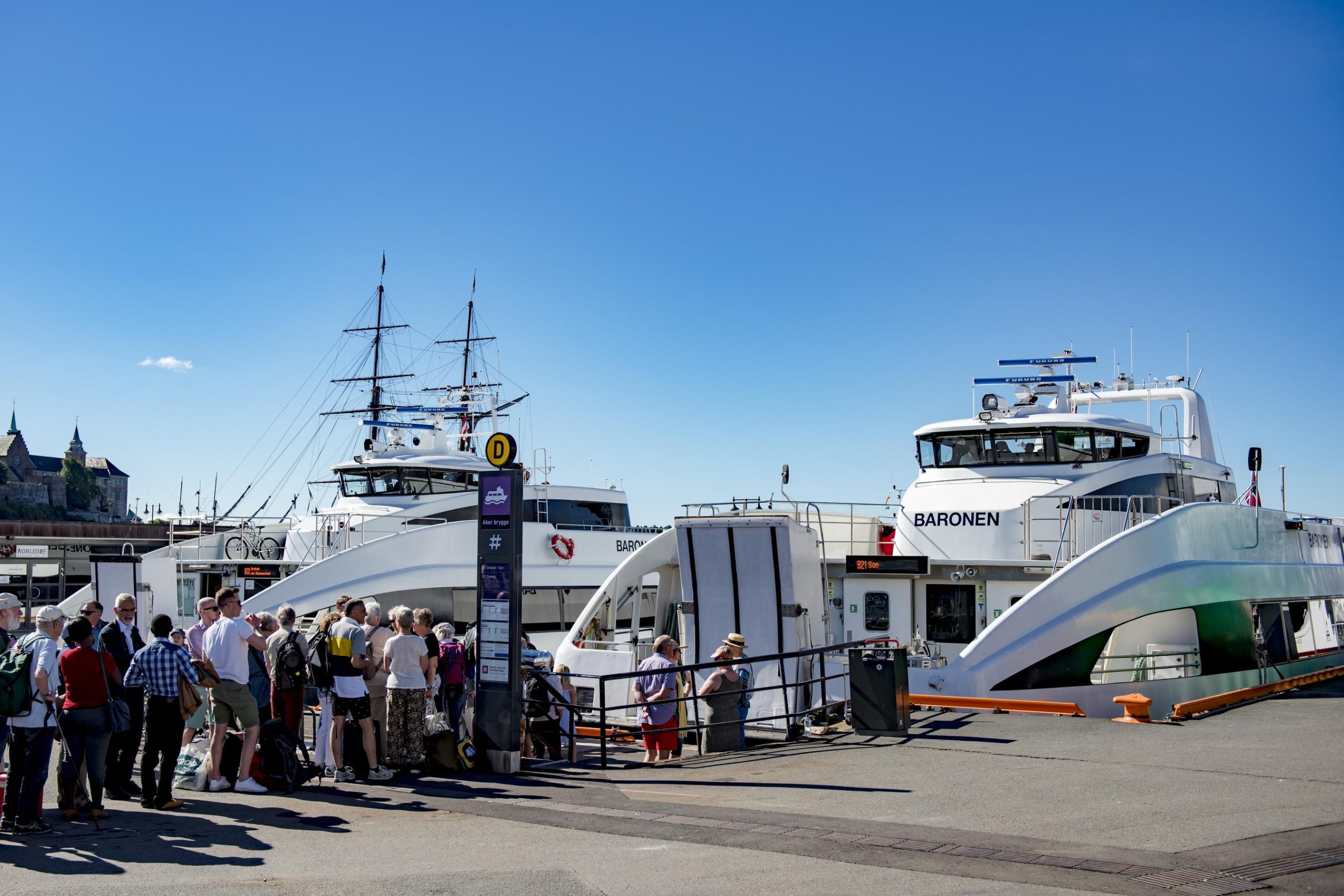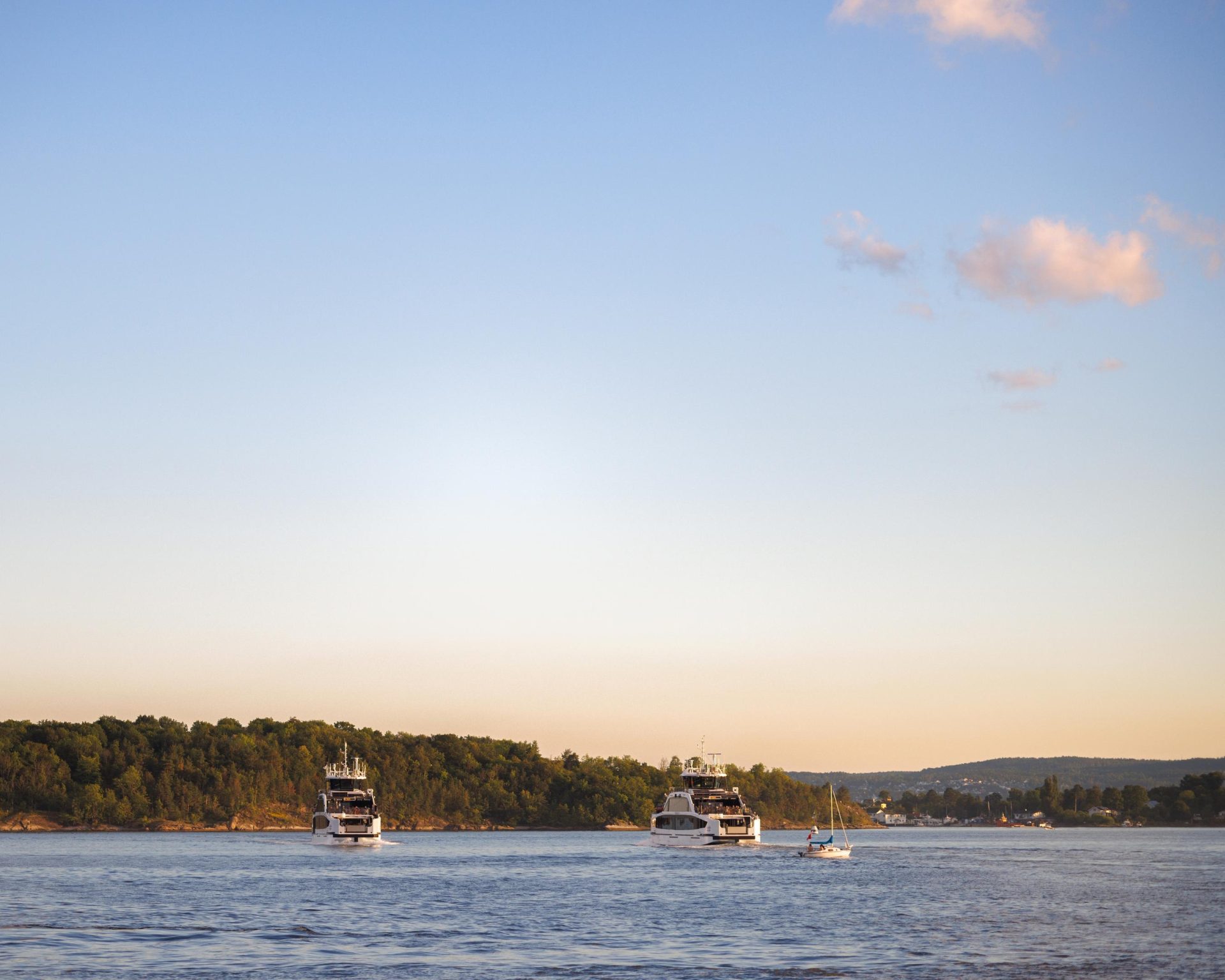Ruter expands its emission reporting
As of 2022, we are expanding our climate accounts to include emissions from the production of new materiel, i.e. new buses, trams, boats and other vehicles. We are also establishing a clearer classification between direct emissions (scope 1), indirect emissions resulting from energy use (scope 2) and other indirect greenhouse gas emissions (scope 3). We now also include additional greenhouse gases beyond CO2 (converted to CO2e). These changes have been made to ensure that reporting complies with the guidelines for the Greenhouse Gas Protocol (GHG Protocol).
We report our emissions according to the GHG Protocol’s approach to operational control. As a management company, all significant activities are carried out by our operators. As operators have a significant influence on how they want to provide their services, we do not have full operational control over this activity. Emissions from operator activities are therefore defined as our Indirect Emissions (scope 3).
This means that Ruter in practice has no direct emissions (scope 1), and that scope 2 only includes the management company’s consumption of electricity and district heating for our office premises. It is important to point out that this is purely a technical accounting consequence, and that we naturally take responsibility for the overall emission inventory, including scope 3.
Under scope 3 we find the largest emissions for which Ruter is responsible. Given our organizational structure, these emissions are mainly in Category 1 of the GHG Protocol: «Purchase of goods and services». Of the other 14 categories, only business travel and employee commuting are relevant, as everything else falls under category 1. However, employee commuting is considered insignificant, as a combination of Ruter’s central location near the central train station in Oslo, as well as free tickets for employees, probably results in a very high proportion of public transport, cycling and walking. In the link below, you can download detailed information about greenhouse gas emissions, NOx emissions, energy consumption, fuel consumption and mileage for buses, boats, trams and metros in Oslo and Viken/Akershus.



